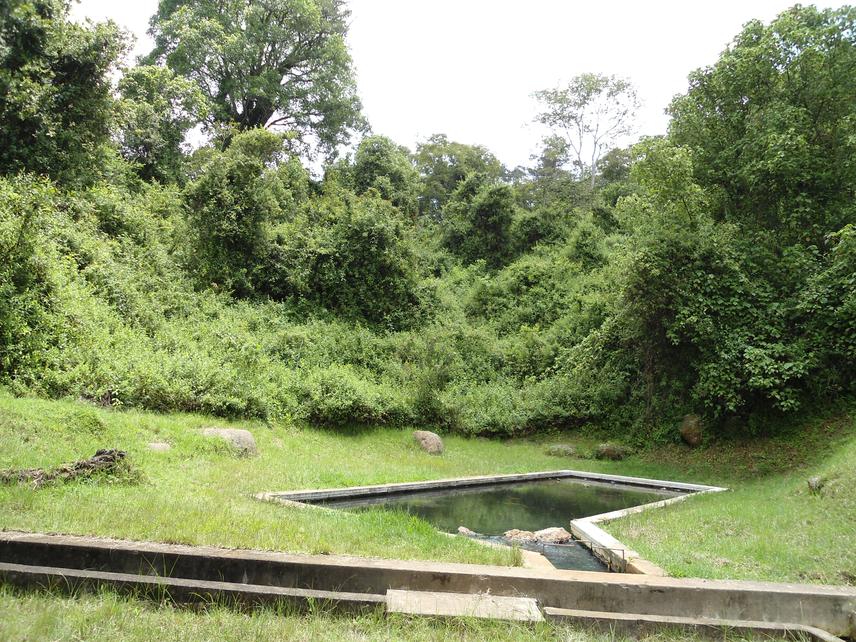Faith Milkah Ngugi - Muniale
Other projects
29 Sep 2008
Enhancing Community Participation in Lake Nakuru Catchment Environmental Conservation: A Case of River Njoro Watershed I
This project phase targets to sensitize schools, educate pupils, establish environmental network for schools with regular and continuous activities to develop a culture of planting trees and conserving environmental resources. To impact communities who easily adopt change coming from schools easily and help the young generation will grow with the culture of conservation.

Important water resource in the project area.
River Njoro Watershed is in Mau forest complex, a major water tower in Kenya and the main catchment and only source of freshwater for Lake Nakuru. It is currently faced with a lot of conservation challenges because of illegal settlements that have taken place since the last about 15 years. The anthropogenic activities degrading the water tower include deforestation, cultivation of riparian zone, overgrazing, over abstraction of water, pollution and in some areas replacement of indigenous forest with plantation forests. The effects are now felt by the local communities since ecosystem functions are impaired; water levels and quality have reduced, rainfall is lower and irregular, drought periods are now prolonged, infiltration is reduced and runoff has become a menace when it rains. This has greatly affected biodiversity in Lake Nakuru and the entire catchment.
National rehabilitation effort is faced with poor community support. To overcome the challenge, community empowerment is vital through education and awareness creation on importance of environmental and biodiversity conservation in the watershed. The community needs to develop a culture of planting trees and taking care of them instead of destroying them.
To address the challenge, this project will enhance environmental education in primary schools by developing simple and consistent club activities that can be managed by the pupils. It will also establish a continuous common tree nursery for the schools as a source of tree seedlings and a training ground for the children. The project will encourage fund raising from local partners e.g. constituency development fund, to ensure the schools have a tree nursery each season hosted by different schools each season. They will share the trees and plant in their compounds and surrounding areas.
To develop a tree planting culture for schools within the watershed, the project will encourage schools to set targets of the number of trees to plant every year. It will also train them to label the trees planted in the school compound. This will motivate the children and increase their interest in conservation.
This effort will increase forest cover in the watershed and rehabilitate the catchment from the current degradation. This will restore the lost ecosystem services and about half the population of Kenya served by the Mau forest water tower will benefit.